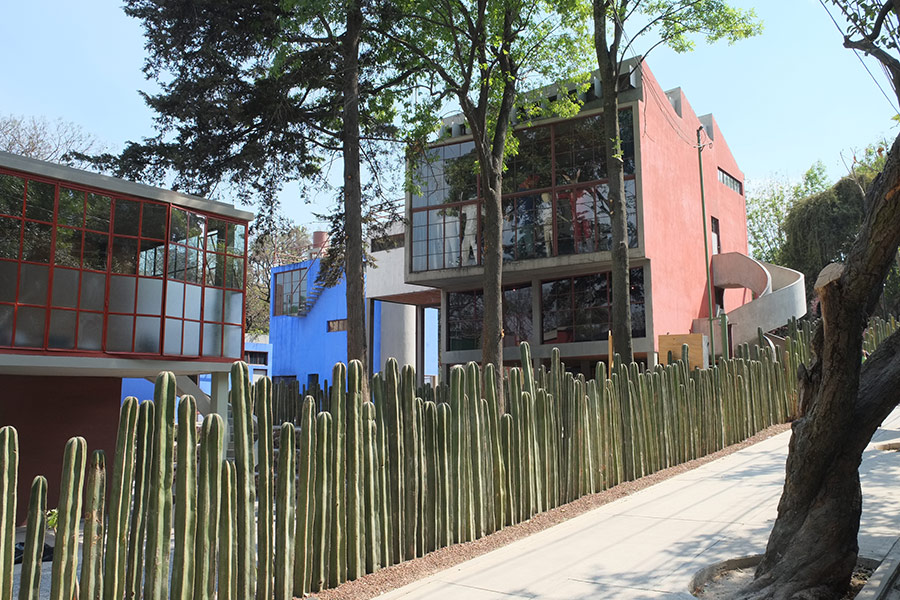
Modern Architecture in Latin America: Art, Technology, and Utopia
By Luis E. Carranza and Fernando Luiz Lara
Forward by Jorge Francisco Liernur
University of Texas Press, $90
Can we look forward to the era when architecture in “Latin America” will begin to disappear? I hope so, and also other colonialist constructions, such as “the seven continents” or Henry-Russell Hitchcock’s “two continents of this hemisphere” (only the canals dug in Panama or Egypt make semi-true). I agree with Jorge Francisco Liernur in his forward that geography is good place to start for a discussion on architecture in “Latin America.” He argues for a “building that expresses the region” and gives a brief outline of the necessity of a chronological system that serves as a sub-structure for a diverse group of works that tell diverse narratives. He cites a brief histiography that goes from Francsico Bullrich (1) to Roberto Segre (2) and Edward Said (3) toward a view that denies any cultural unity.
This book is a didactic textbook with glossy and colorful pictures in a standard format that will serve English speaking students of architecture very well throughout the world. The texts are concise and informative even as the chapter headings are long and explicative such as, “1922: In an attempt to create a building expressive of the “cosmic race” Jose Vasconcelos inaugurates in Mexico City the headquarters of the secretaria of educacion publica and formalizes the muralist project.”
In the last chapter, “Provocations for a conclusion: Islands no more,” the authors write “a history from a Latin American perspective… regions that have always been islands (of Solitude).” I would argue that a Latin American perspective can only exist from the outside and not within its territory that was transformed by the 19th century independence wars and today is rapidly evolving, such as the current normalization of Cuba-U.S.A. relations. We return to geography and maybe now we can see the world made up of many oceans and four large islands: Antarctica, Australia, Euro-Asia-Africa, and America.
In the chapter 1976, the authors write while the “hypochromaticism of Barragan was the prominent style, a more North American type of postmodernism did emerge in Mexico… that was equally devoid of any theoretical armature.”
Could (Mexican) post-modern architecture ever be a historical system that criticizes the limits of the modern movement? Two books lay the theoretical foundation for the post-modern in architecture Complexity and Contradiction by Robert Venturi (1966) and L’Architettura della citta (1966) by Aldo Rossi. The authors also cite Learning from Las Vegas by Robert Venturi, Denise Scott Brown, and Steve Izenour as a source of the theory of the post-modern in architecture. I would say that none of these three books had a historical system in mind and that they are very different kinds of texts. The first a chronology of mannerist architecture with some works by the author as a post-script, the second an important attempt at establishing a theory of architecture through the analysis of the history of a few European examples, and the third a studio project at Yale University.
I highly recommend Modern Architecture in Latin America, which will likely open up “a can of worms” or Pandora’s box, in a discussion that is a little less superficial about the complexities and contradictions inherent in a trialouge that goes East, West, and South.